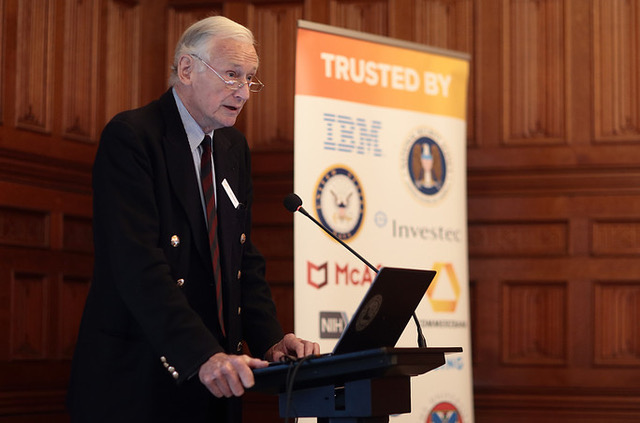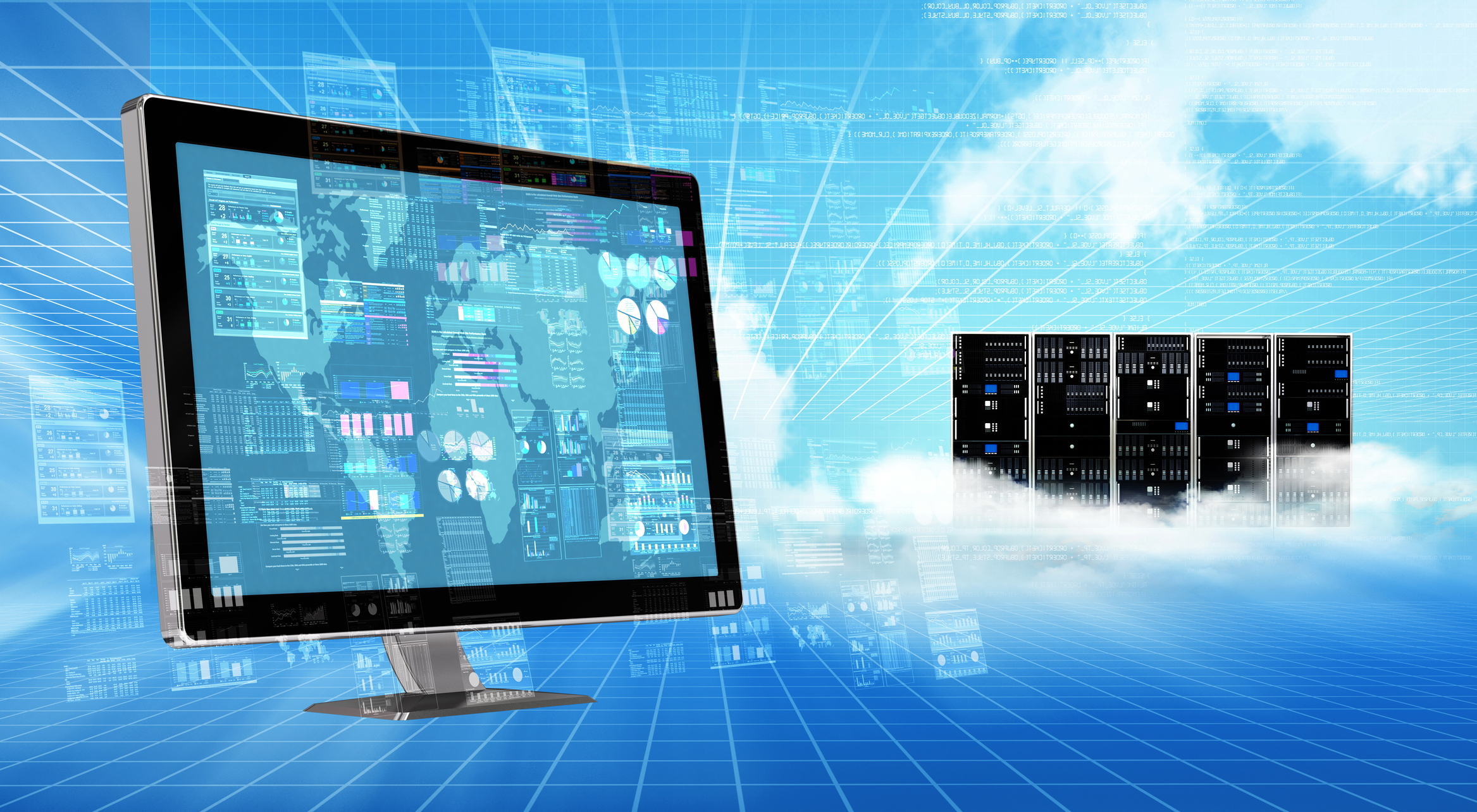Bridgeworks CEO, David Trossell is referenced in this article from Security and Fire Management News Magazine, Risk UK, about remote risk monitoring.

August 7, 2019
From 2012 up until 2017, approximately 10% of water leak detection systems were equipped with the ability to send external notifications, using GSM technology to deliver this service. Since that time, cloud technology has become increasingly reliable for the delivery of data that can be used to prevent water leaks from causing significant damage to everything from historical monuments and churches through to today’s corporate offices. With remote risk monitoring devices such as leak detection systems, water leaks can be stopped in their tracks and even prevented from occurring in the first place. Michael Wakley elaborates on the fine detail.
Improvements in cloud technology have led to an increase in water leak detection systems using the cloud. The systems involved deliver leak detection notifications and management information via a cloud-based remote risk monitoring platform. The systems used for this purpose fall into two categories: those that are standalone systems providing an audible alarm if a leak is detected (or provide an audible alarm along with water shut-off) and those systems that send a notification to an occupier’s device if a leak is detected, either with or without water shut off.
Despite the increasing use of cloud technology for remote risk monitoring and water leak detection, David Smith (CEO of Global Futures and Foresight) has suggested that not all systems of this kind are employing cloud technology. “Leak detection technology needs to catch up with the opportunities of cloud technology. It needs to engage with the cloud for monitoring and control.” One could argue that this is already happening.
David Trossell, CEO and CTO of Bridgeworks, has commented about how he sees cloud-based leak detection and remote risk monitoring systems developing over the next five years. “At present, leak detection is a reactive and response-based system. However, with cloud-based monitoring of leak detection systems, there’s the potential for gathering vast amounts of historic data. With the use of Artificial Intelligence (AI), this is the perfect opportunity to turn this into a more proactive system such where a sudden and unexpected cold snap proactively turns off the main water stopcock or turns the heating on in the more vulnerable sections of larger buildings.”
Insurance perspective
From an insurance perspective, there’s also the opportunity to collate large amounts of data for analysis to reduce the potential risk of water damage by focusing on how to prevent incidents from occurring. By focusing on prevention, insurers will be able to reduce the number of claims they receive for water damage and pass on the cost savings to clients by offering those customers reduced premiums.
David Smith comments that insurance is moving away from a compensational model of loss, with the aim of targeting a new model that concentrates on loss prevention. He says insurance is often considered to be an unloved industry, and so by focusing on prevention it hopes to become one that’s loved.
Smith observed: “Traditionally, the first point of contact is a claim and so there’s uncertainty about what you are going to receive in compensation for the loss you’ve suffered. The alternative is to harness AI to determine the state of any remote risk monitoring of water, fire, flood and electrical shorting, etc. These devices can monitor any number of conditions. An early warning shut-off can prevent loss in the first place. The biggest issue is whether the devices will be provided through insurers or utility players. If we don’t go through insurers, then we will expect a reduction in our premiums and witness money moving from insurers to utility providers.”
Swift response
Cloud-based remote risk monitoring for leak prevention offers the immediate notification of a leak to designated responders, allowing a swift response and thereby minimising potential damage. To prevent minor leaks from becoming a major problem, leak detection systems help to escalate minor incidents before they can cause any substantial damage to property. This is achieved by employing a cloud-based platform to view property portfolios as a whole. It helps to manage any property that has an alert raised in the last 24 hours with the ability to create property reports over a customer-defined period of time. This can be incorporated into a client’s own operating system to monitor, for example, the responsiveness and efficiency of third party contractors.
The reports provide a granular perspective of each property to monitor each area within them that may be at risk. The granularity permits facility managers, property managers and other invested parties to conduct further analyses as and when needed. This could, for instance, lead to remedial works being carried out on existing or new building projects while monitoring whether certain tasks have been completed by the main contractor within the defect period at no cost to them or the insurer.
Maintenance checks
Remote risk monitoring can also be used to undertake equipment maintenance checks, ensuring that once a day the equipment in each risk zone is checked to make sure it’s working. This includes checking each device’s battery level because, if the batteries go flat, there will be no chance of preventing water leaks as the systems would be down.
From an insurance perspective, where a policy is reliant on leak detection systems to reduce risk, this could lead to no insurance pay-out whenever a claim is made for water leak damage. Remote risk monitoring is therefore an invaluable tool for many reasons. After all, the system must be operational at all times in order to reduce the risk of water leaks.
The system also provides a warning where humidity is consistently at a level that may cause mould damage and an unhealthy living environment. Tenants are now being encouraged by external agencies to claim if they believe their health has been affected by mould or damp.
Analysis: patterns of usage
In terms of the information that leak detection systems and remote risk monitoring platforms can provide, Smith comments that they can provide patterns of usage. As well as leak detection, these systems can also monitor the volume of water use. “It’s all very useful for anybody in a firm, and particularly important where potable water is at a premium in different parts of the world.”
He added: “Vast swathes of the world are entering water stress. This is going to be the next climate emergency. Some commentators have even forecast ‘water wars’. The population is growing while ground water is becoming exhausted, glaciers are shrinking and their water is becoming less reliable. We’re relying on rainfall to replenish our water supplies. Water resources therefore need to be managed on an increasingly careful basis.”
Smith thinks that water leak detection systems should ultimately be reliant on the Internet of Things (IoT) in general. “They are likely to need to collaborate with other IoT devices, and they’re not used individually.” They are used in collaboration with others monitoring tools as part of an overall risk management network. This includes everything from “calendars of availability to monitoring and the control of personnel.” He therefore advises people to avoid thinking that they’re standalone devices. By having an increased number of controls in place, it’s going to be easier for insurance companies to price risk because the systems involved will be more quantified than if they were simply pooled as individual devices.
Cloud security improving
In addition, Smith warned: “Cloud security is a disaster for IoT devices as they’re easy to hack, but that situation is improving all the time. When Intel became involved with large-scale servers, they forgot about security completely. It took much effort to make them as secure as mainframes. Intel had a huge problem in the early days when the business moved into large-scale business machines rather than just into home PCs. It took the company several years to catch up. Yet there are more scare stories that give people the cause to mitigate the chances of being hacked. You are always going to have different standards, but you need them to collaborate, and you need fewer rather than more of them. After all, the whole point of the IoT is connectivity.”
Narrowband Internet of Things (NBIoT) is being trialled n the UK and Europe as a delivery technology for leak detection notification. NBIoT is more secure than Wi-Fi. Vodafone has stated: “NB-IoT mutually authenticates the network and the device and encrypts traffic between the device and deep within the core network.” In essence, anything that uses the IoT will, at some point, use cloud technology.
Managing water leaks
How can you manage water leaks in the cloud using Best Practice? Well, here are my Top 5 tips First, choose a leak detection system that provides you with precise location information. It’s no use being told you have a leak in a property, but not where to find it. Second, understand how your leak detection system works and how little or much water will trigger an alarm. Third, deploy a leak detection system that provides notifications supported by the ability to remotely shut off the water supply as quickly and as practicably as possible.
Fourth, trust the information you receive and investigate each alarm thoroughly, and particularly so if you continue to receive the same notification from the same location. Last, but by no means least, if you have access to a client leak data platform then make good use of it. Such a platform will provide a record of all leaks detected and highlight properties that need maintenance. This data will also show where leaks are detected and stopped without the need to lodge an insurance claim. This can be used to negotiate favourable terms when your insurance is next renewed.
David Smith added that process should be automated from Day One rather than involving a human being. He says this can be achieved by networking the sensors together to form one holistic risk management system, rather than having a separate risk management solution for fire and flood, etc. With this, it’s important to standardise the architecture of your risk management tools because this has to be the guiding force of what’s implemented. However, it may also be wise to consider solutions that are specialised in a particular area of risk management as a one-size-fits-all solution may not cover all of the bases required for fire, water leaks, floods and so on.
Smith feels leak detection and remote risk monitoring systems are a no-brainer. “There will be a thousand reasons why some commentators will believe they’ll not take off. The initial devices will be unsophisticated, but in two-to-three years’ time they will be intelligent systems allowing water cut-off in an emergency on a fairly accurate basis.”
This capability is already available. Thanks to cloud technology, costly and disruptive water leaks can be prevented or their impact minimised.
Click here to read the article on RISK UK.




